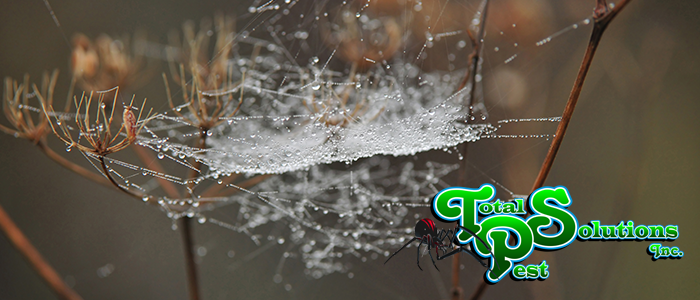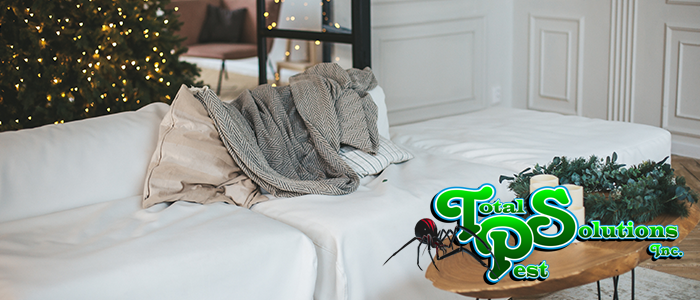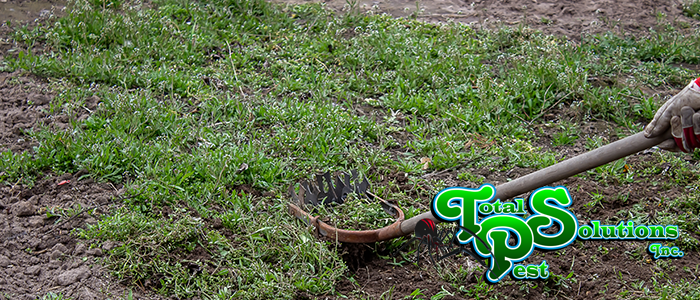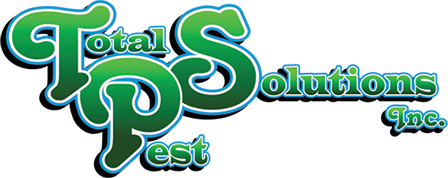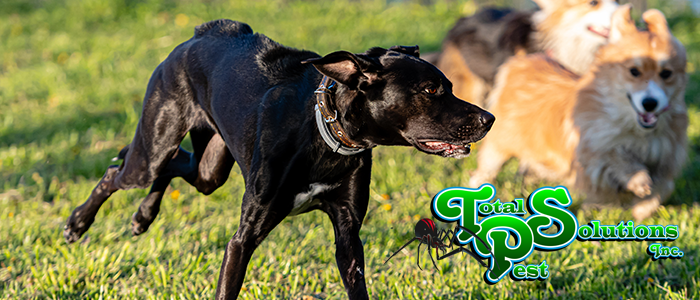
Flea Infestations in Haines City: Protecting Pets in Peak Summer
Summer in Haines City, Florida, brings sunshine and outdoor fun, but it also marks the peak season for flea infestations. These tiny, persistent pests can quickly turn your beloved pets’ lives into a scratching nightmare. As the warm, humid weather provides the perfect breeding ground for fleas, understanding how to prevent and manage flea infestations becomes essential for pet owners in the area. This article will delve into effective strategies and solutions to keep your furry friends comfortable and your home flea-free.
Understanding Flea Infestations in Lakeland & Haines City
Fleas thrive in warm and humid climates, making Florida a hotspot for these pests. The flea life cycle consists of four stages: egg, larva, pupa, and adult. Adult fleas live on animals, feeding on their blood to reproduce. A single female flea can lay up to 50 eggs per day, which then fall off the host animal into the environment. These eggs hatch into larvae, which feed on organic debris before developing into pupae. The pupal stage can last for weeks or even months, waiting for the right conditions (warmth, vibration, carbon dioxide) to emerge as adult fleas and jump onto a host.
In cities like Lakeland and Haines City, where many residents enjoy outdoor activities with their pets, the risk of flea exposure is high. Dog parks, grassy areas, and even your own backyard can harbor flea populations. Recognizing the signs of a flea infestation early is crucial. Common symptoms in pets include excessive scratching, biting at the skin, hair loss, and visible fleas or flea dirt (feces) in their fur. If you notice any of these signs, it’s time to take action.
External reference: University of Florida IFAS Extension
Preventing Flea Infestations in Your Home
Preventing flea infestations is often easier and more effective than treating an active infestation. Here are several strategies to keep fleas at bay:
- Regularly Groom Your Pet: Brushing your pet frequently can help remove fleas and flea dirt before they have a chance to multiply. Use a flea comb to effectively detect and remove fleas.
- Wash Pet Bedding: Wash your pet’s bedding weekly in hot, soapy water to kill any fleas or eggs that may be present. Dry on high heat.
- Vacuum Frequently: Vacuum your carpets, rugs, and upholstery regularly to remove fleas, eggs, and larvae. Pay close attention to areas where your pet spends the most time.
- Maintain Your Yard: Keep your lawn mowed and remove any debris, such as leaves and fallen branches, where fleas can hide.
- Use Preventative Medications: Consult with your veterinarian about the best flea preventative medications for your pet. There are many options available, including topical treatments, oral medications, and flea collars.
Flea Treatment Options for Pets
If your pet already has fleas, several treatment options are available. Again, consulting with your veterinarian is essential to determine the most appropriate and safe treatment plan for your pet’s specific needs. Some common treatment options include:
Topical Flea Treatments: These are applied directly to your pet’s skin and typically kill adult fleas within 24-48 hours. Some topical treatments also contain ingredients that prevent flea eggs from hatching.
Oral Flea Medications: These medications are given orally and can kill adult fleas quickly. Some oral medications are administered monthly, while others are given daily.
Flea Shampoos: Flea shampoos can provide immediate relief from fleas, but their effects are temporary. They are best used in conjunction with other flea treatments.
External reference: American Veterinary Medical Association (AVMA)
Treating Flea Infestations in Your Home Environment
Treating your pet for fleas is only half the battle. You also need to address the flea infestation in your home environment to prevent re-infestation. Focus on cleaning and treating areas your pet frequents.
Vacuuming: Vacuum all carpets, rugs, upholstery, and floors thoroughly and frequently. Dispose of the vacuum bag immediately in a sealed plastic bag to prevent fleas from escaping.
Steam Cleaning: Steam cleaning carpets and upholstery can kill fleas and their eggs. The high heat from the steam penetrates deep into the fibers, effectively eliminating these pests.
Insecticides: Use insecticides specifically labeled for flea control. Follow the instructions carefully and apply the product to areas where fleas are likely to be present, such as carpets, rugs, and pet bedding. Consider professional pest control services for severe infestations.
Natural Flea Control Methods
For pet owners seeking natural alternatives to chemical flea treatments, several options are available. While these methods may not be as fast-acting as conventional treatments, they can be effective when used consistently.
Diatomaceous Earth (DE): Food-grade diatomaceous earth is a natural powder made from fossilized algae. It works by dehydrating fleas and other insects. Sprinkle DE on carpets, rugs, and pet bedding, and leave it for a few days before vacuuming.
Essential Oils: Some essential oils, such as lavender, peppermint, and cedarwood, have flea-repelling properties. Dilute a few drops of essential oil in water and spray it on your pet’s bedding and around your home. Be sure to research the safety of essential oils for pets before use, as some can be toxic.
External reference: PetMD
The Role of Professional Pest Control
In some cases, flea infestations can be difficult to manage on your own, especially if the infestation is severe or widespread. Professional pest control services can provide effective and long-lasting solutions.
Comprehensive Assessment: Pest control professionals will conduct a thorough assessment of your home and property to identify the extent of the flea infestation and determine the best course of treatment.
Targeted Treatments: They use specialized equipment and products to target fleas in all stages of their life cycle. Their methods can reach areas that are difficult for homeowners to treat, such as cracks, crevices, and deep within carpets.
Preventive Measures: Pest control services can also provide recommendations for preventing future flea infestations, such as sealing up cracks and crevices, maintaining your yard, and using preventative medications for your pets.
Conclusion
Protecting your pets from flea infestations in Haines City and ensuring a flea-free home requires a proactive approach. By understanding the flea life cycle, implementing preventative measures, and utilizing appropriate treatment options, you can keep these pests at bay. Remember to consult with your veterinarian for the best flea prevention and treatment plan for your pets. If you find yourself struggling to manage a flea infestation on your own, don’t hesitate to contact a professional pest control service like Total Pest Solutions for expert assistance.
continue reading
Related Posts
Davenport’s Spider Invasion: Managing Winter Web Builders As the temperature
Holiday Pest-Free Homes in Winter Haven: Avoiding Cargo Pests As
Auburndale’s Mole Cricket Damage: Repairing Turf Before Frost As the

